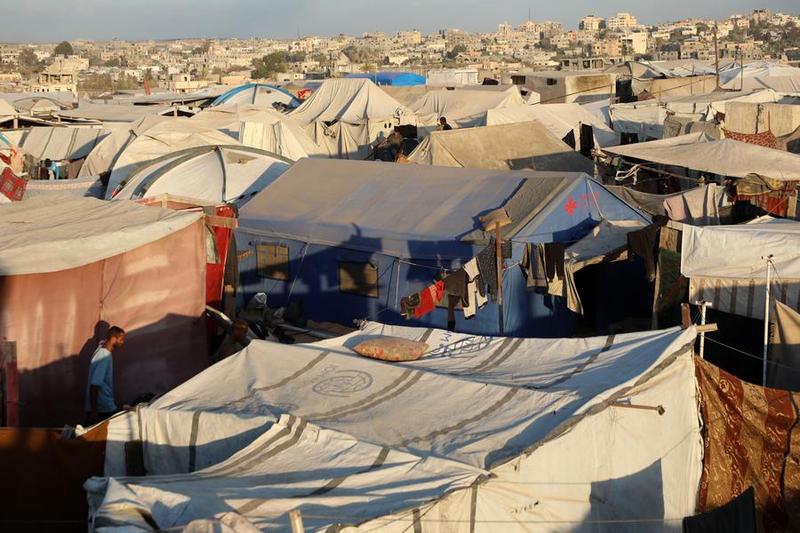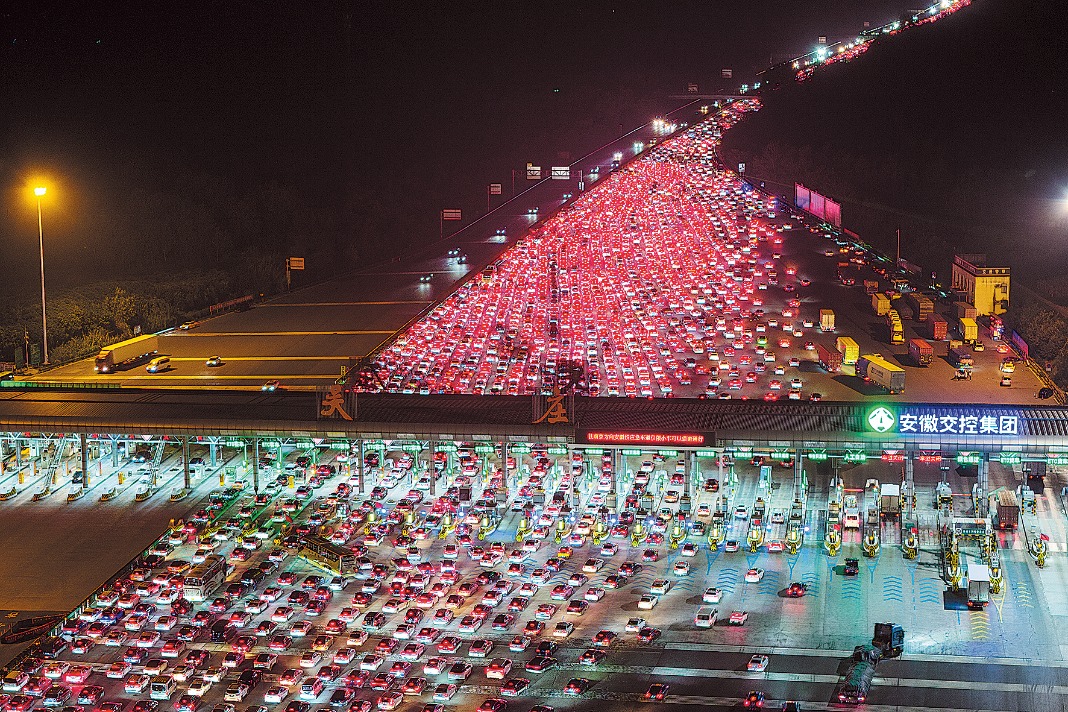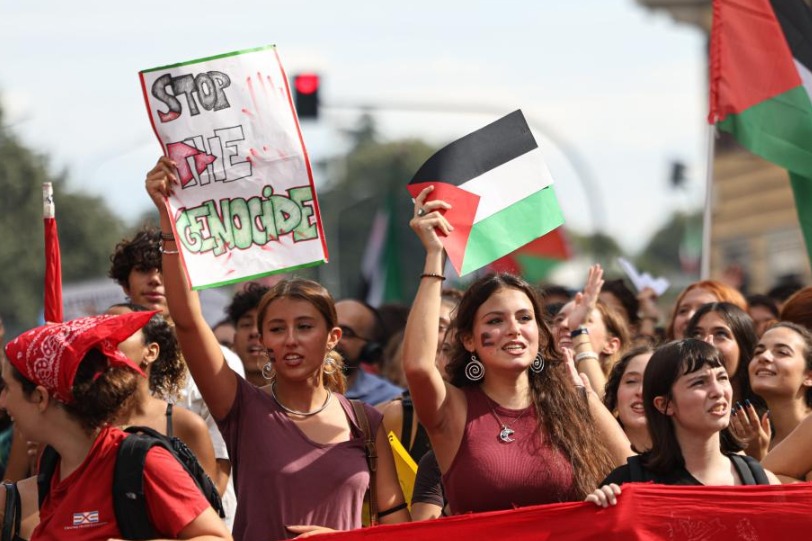Latest plan to realize Gaza ceasefire: step toward peace or temporary truce: China Daily editorial


The announcement of a potential ceasefire agreement between Israel and Hamas, under a plan brokered by the US president, marks an important moment in the long-standing conflict in Gaza.
The latest development comes as a relief to those worried about the plight of the people in the Gaza Strip and the future of the besieged Palestinian enclave after two years of war. Yet, while it has been hailed by some as a breakthrough, in light of what has befallen previous agreements, it is best viewed with cautious optimism and a critical eye toward its broader implications.
The US leader's declaration on Truth Social, celebrating the first phase of his 20-point peace plan, which "means that all of the hostages will be released very soon, and Israel will withdraw their troops to an agreed upon line as the first step toward a strong, durable, and everlasting peace", highlights the complex dynamics at play.
For Hamas, whose military capabilities have been weakened, and the people of Gaza who have been suffering indescribable hardships, as well as the Israeli people, who after two years of continuous military conflict, have demonstrated growing opposition to the military campaign, the plan is a potential path toward ending the conflict.
But while the release of hostages, the withdrawal of Israeli troops and the provision of humanitarian aid are indeed positive steps, the underlying issues that have fueled the Israeli-Palestinian conflict for decades remain unresolved. Israeli Prime Minister Benjamin Netanyahu's endorsement of the potential ceasefire deal as "a great day for Israel" reflects only one side of the narrative. For the Palestinian people, the true measure of the plan will be tangible improvements in their daily lives and the restoration of their rights.
The entry of 400 aid trucks into Gaza daily on an initial basis is a necessary measure to address the severe humanitarian crisis in the Palestinian enclave. Yet, this must be preliminary to sustained efforts to rebuild Gaza and support its people, rather than just temporary relief.
The broader geopolitical context should not be ignored. In recent months, a new wave of international support for the formal recognition of a Palestinian state has gained momentum, leaving Israel increasingly isolated in the world arena. And the conflict has drawn in regional powers, reshaping alliances and tensions across the Middle East. While a ceasefire has the potential to stabilize the region temporarily, it is essential to recognize that true peace will require addressing the root causes of the conflict, including the recognition of the Palestinian statehood and rights.
Gaza belongs to the Palestinian people. There should be an international consensus on the need for a just resolution to the long-standing grievances of the Palestinian people. It is China's consistent stance that an immediate ceasefire should be the preliminary step toward a two-state solution, which is the fundamental basis for a comprehensive and lasting peace.
Since the conflict broke out, many countries, including China, have actively worked to facilitate peace in Gaza. Taken together, these efforts have coalesced into an insistent message: the fighting must stop, the humanitarian disaster must end, and Gaza cannot wait any longer for peace.
But it is demonstrably true that the latest peace plan will not work without the US enforcing Israel's compliance. It is also demonstrably true that Washington has blocked United Nations Security Council resolutions demanding an immediate halt to hostilities, the reopening of humanitarian corridors, and the resumption of political negotiations multiple times in the past two years.
The final ceasefire deal between Israel and Palestine remains in the works. As the Israeli Cabinet previously approved a plan to occupy Gaza, Israel might be reluctant to withdraw from Gaza, which raises doubts about whether the second phase can proceed even if the first phase is completed.
Israel and Palestine have reached ceasefires before, such as the one in January this year, but they failed to move into the second phase, leading to renewed conflict. The plan proposed by the US, while appearing fair, is actually more in favor of Israel, helping Israel achieve certain objectives that could not be accomplished through military means.
Under such circumstances, if the ceasefire conditions are too harsh or disadvantageous for Hamas, the group may refuse to comply with the requirements of the second phase. Hence, whether peace can truly come to Gaza remains to be seen. The international community must remain vigilant and committed to supporting a fair and just resolution that upholds the security, rights and dignity of all people in the region.


































